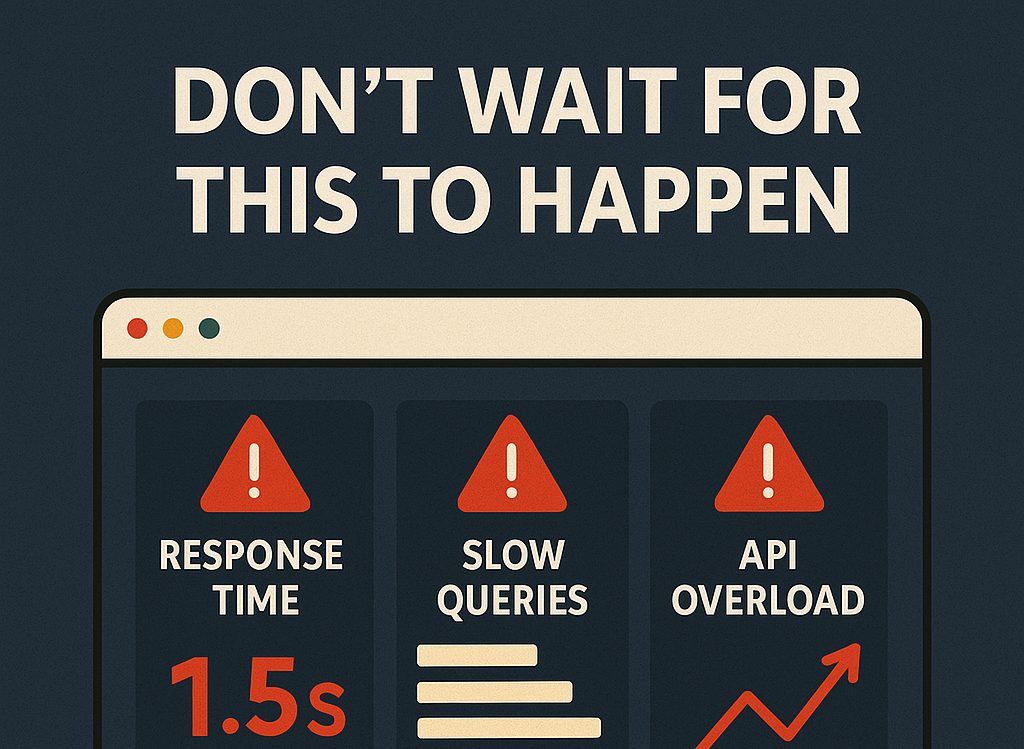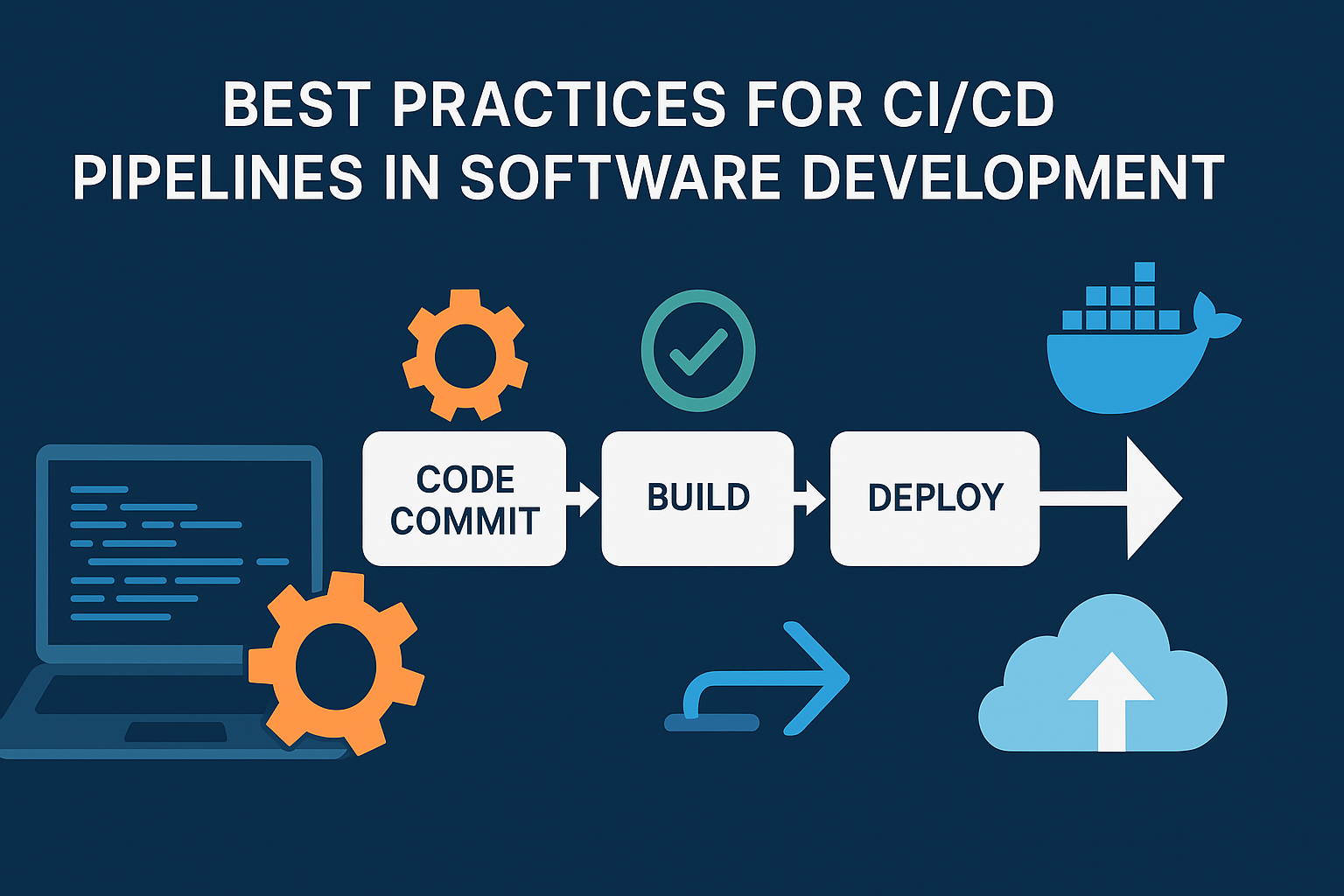Web application performance is critical for user satisfaction and business growth. Slow loading times and poor responsiveness can lead to frustrated users and lost revenue. Here’s a comprehensive guide to optimizing your web application:
Web application performance Key Optimization Areas:
- Database Optimization:
- Implement efficient database design, including proper indexing and normalized tables.
- Utilize caching mechanisms (Redis, Memcached) to minimize database load.
- Code Efficiency:
- Refactor inefficient code and logic to reduce unnecessary operations.
- Optimize API responses to prevent overfetching.
- Content Delivery:
- Implement a Content Delivery Network (CDN) like Cloudflare or AWS CloudFront for faster content delivery.
- Minimize frontend bundle sizes through techniques like tree shaking and code splitting.
- Employ lazy loading and code splitting to prioritize initial load times.
- Use Gzip or Brotli compression for smaller asset sizes.
- Optimize images with modern formats like webP and AVIF.
- Background Processing and Monitoring:
- Handle long-running tasks asynchronously through background processing.
- Implement monitoring and alerting systems (New Relic, Sentry, Datadog).
- Apply rate limiting and throttling to secure APIs.
- Keep libraries and packages updated.
- Ensure mobile optimization.
- Conduct load and scalability testing.
- Implement HTTP/2 or HTTP/3.
- Consider service workers and PWA support.
- Hosting Infrastructure:
- Use modern scalable cloud based hosting.
Practical Considerations
When optimizing web applications, it’s important to adopt a systematic approach. Regular performance testing and monitoring can provide valuable insights into areas that need improvement. Keeping software and libraries updated ensures security and performance stability.
The Value of Gradual Improvements
Enhancing web application performance is an ongoing process. Implementing improvements gradually and monitoring their impact allows for continuous refinement. Small, incremental changes can collectively lead to significant enhancements in user experience.
By focusing on these key areas, developers and website owners can create web applications that provide a smooth, efficient, and enjoyable user experience.
Is your web application facing performance challenges?


 +91-9413748809
+91-9413748809
 Talk to Us
on Skype
Talk to Us
on Skype Send
Us an
Email
Send
Us an
Email

